The China-United States trade relationship represents one of the largest global economic partnerships, with a staggering trade volume of approximately $657 billion in 2021. This dynamic underscores the significance of sea freight as a fundamental method for transporting goods across vast distances. Ideal for handling large quantities and bulky items, sea freight offers numerous advantages such as cost efficiency, high capacity, and lower environmental impact. Understanding the various shipping options—including Less than Container Load (LCL) and Full Container Load (FCL)—is crucial for businesses looking to optimize their logistics strategies. By exploring sea freight services, importers can effectively tailor their shipping solutions to meet their specific needs while ensuring timely and efficient delivery.
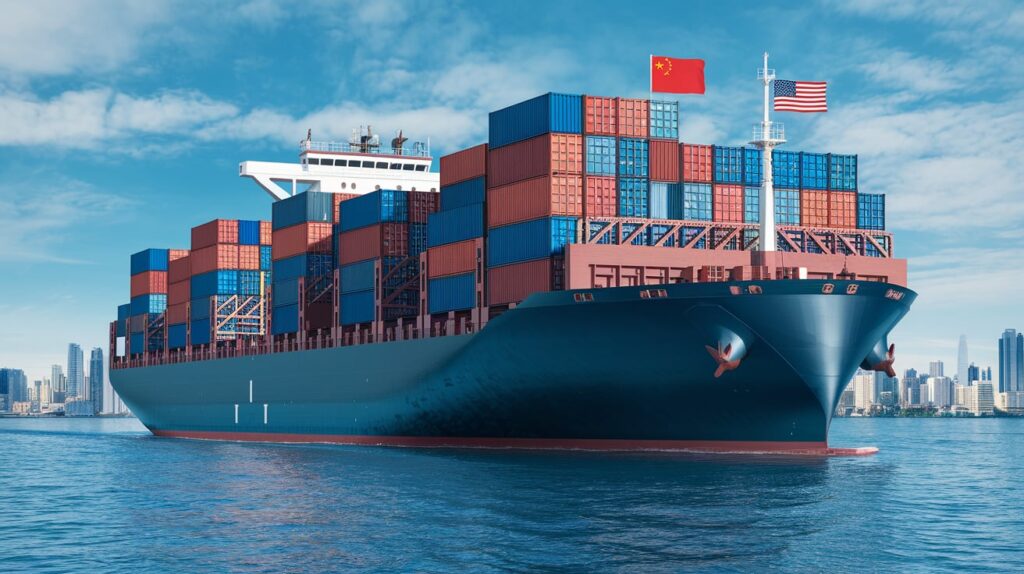
Introduction to Sea Freight from China to the United States
The China-United States trade relationship is one of the largest in the world, underscoring the significance of sea freight as a key method of transporting goods between these two economic powerhouses. In 2023, the trade volume between China and the United States reached approximately $279.4 billion, highlighting the critical role that efficient logistics services play in facilitating international commerce (source: United States Census Bureau).
Sea freight is particularly vital in this context, offering a cost-effective means of transporting large quantities of goods over long distances. It is particularly well-suited for heavy and bulky items, making it an essential option for businesses involved in importing and exporting products. The benefits of sea freight include:
- Cost Efficiency: Sea freight typically offers the lowest shipping costs per ton compared to air and land transportation options.
- Capacity: Ships can carry vast quantities of freight, enabling businesses to transport large orders in one shipment.
- Eco-Friendliness: Transporting goods via sea is generally more environmentally sustainable than other forms of freight, contributing to a reduction in carbon footprint.
Exploring the available options for sea freight, importers can tailor their shipping strategies to meet their unique logistical needs while maximizing operational efficiency.
Understanding Sea Freight Options
When considering sea freight services from China to the United States, businesses have two primary options: Less than Container Load (LCL) and Full Container Load (FCL) shipping. Understanding the nuances of each option is crucial for making informed logistical decisions.
Less than Container Load (LCL) Shipping
Less than Container Load (LCL) shipping is an ideal solution for businesses that do not have enough cargo to fill an entire shipping container. In this method, multiple shippers share space within a single container, allowing them to benefit from lower shipping costs compared to booking a full container.
Advantages of LCL:
- Cost-Effective for Smaller Shipments: LCL is a suitable option for businesses that may only require partial container space, helping them save on freight costs.
- Flexibility: LCL allows businesses to send smaller shipments more frequently, which can be advantageous for managing inventory levels and fulfilling customer orders promptly.
- Reduced Risk of Overpaying: By utilizing shared container space, businesses can avoid the financial burden of paying for unused container capacity.
Ideal Use Cases for LCL:
- Small to Medium Enterprises (SMEs) looking to import small quantities of goods from China.
- Seasonal products that require flexible shipping schedules.
- Businesses that frequently change their product lineup and need to test new items without committing to a full container.
Full Container Load (FCL) Shipping
Full Container Load (FCL) shipping, on the other hand, involves the exclusive use of an entire shipping container for transporting goods. This method is ideal for businesses that require a significant volume of goods to be shipped at once.
Advantages of FCL:
- Higher Security: With a dedicated container, goods are less likely to be damaged or tampered with, as they are not shared with other shipments.
- Faster Transit Times: FCL shipments typically enjoy quicker handling and clearance times at ports, leading to reduced overall transit times.
- Cost Efficiency for Larger Volumes: When shipping large quantities, FCL generally offers lower per-unit shipping costs compared to LCL.
Ideal Use Cases for FCL:
- Large manufacturers or retailers with significant shipping needs that require regular imports from China.
- Businesses with bulky items or large machinery that necessitate a full container for safe transport.
- Companies looking to maintain complete control over their cargo during transit to mitigate risks associated with potential damage or loss.
Understanding these two fundamental sea freight options enables importers to make well-informed logistical decisions that align with their business goals. Whether opting for LCL or FCL shipping, businesses can leverage the expertise of professional freight forwarders like Dantful International Logistics, who provide cost-effective, high-quality, and one-stop international logistics services tailored to a global trade network.
You may be interested in the following related articles:
- Exploring the Benefits of Sea Freight from China to Brazil
- Why Choosing the Right Freight Forwarder from China to Belarus is Crucial
- Exploring the Benefits of Sea Freight from China to Switzerland
- Finding the Best Freight Forwarder from China to Angola
- The Ultimate Guide to Sea Freight from China to Finland
- Freight Forwarder from China to Sweden: What You Need to Know
Comparing LCL and FCL Shipping Costs
When deciding between Less than Container Load (LCL) and Full Container Load (FCL) shipping, understanding the cost implications is crucial for businesses. Various factors contribute to the overall costs associated with each shipping method.
Cost Factors for LCL and FCL
-
Freight Charges: The primary cost incurred, which varies significantly between LCL and FCL services. LCL rates are typically calculated based on the cubic meter (CBM) or weight, while FCL rates are based on the container size.
-
Handling Fees: LCL usually incurs additional handling fees since multiple shipments are consolidated into one container, leading to higher costs. FCL shipments generally have lower handling fees per unit due to the exclusive use of a container.
-
Port and Terminal Charges: Both LCL and FCL shipments are subject to terminal handling charges, but these may differ depending on the volume and weight of the freight.
-
Customs Clearance Fees: Fees associated with customs clearance can vary based on the shipment’s size and complexity. LCL often involves more complex documentation due to multiple shipments, potentially increasing costs.
-
Insurance Costs: The cost of insuring goods can differ based on shipment size and value, with larger shipments (FCL) potentially attracting different rates than smaller ones (LCL).
Average Rates for LCL and FCL from China to the United States
The following table provides a comparison of average rates for LCL and FCL shipments from China to the United States. Note that rates may vary based on shipping ports, time of year, and market conditions.
| Shipping Method | Average Cost per CBM (USD) | Average Cost for a 20ft Container (USD) | Average Cost for a 40ft Container (USD) |
|---|---|---|---|
| LCL | $50 – $100 | N/A | N/A |
| FCL (20ft) | N/A | $1,200 – $2,500 | N/A |
| FCL (40ft) | N/A | N/A | $2,500 – $4,000 |
Prices are approximate and may vary based on specific routes, service providers, and service level.
Typical Shipping Times for Sea Freight
Understanding the typical transit times for both LCL and FCL shipments is essential for businesses planning their supply chain operations. Transit times can significantly impact inventory management, production schedules, and overall customer satisfaction.
Average Transit Times for LCL and FCL
The following table illustrates the average transit times for both LCL and FCL shipments from China to the United States. These times can fluctuate based on various factors, including the ports of origin and destination, shipping routes, and seasonal shipping demand.
| Shipping Method | Average Transit Time (Days) |
|---|---|
| LCL | 25 – 40 |
| FCL (20ft) | 20 – 30 |
| FCL (40ft) | 20 – 30 |
Factors Affecting Transit Times
-
Distance and Route: The distance between the origin and destination port directly affects transit times. Shorter distances generally result in quicker deliveries.
-
Port Congestion: High traffic at departure or arrival ports can lead to delays, impacting overall transit times. Seasonal peaks often exacerbate this issue.
-
Weather Conditions: Adverse weather conditions can affect shipping schedules, resulting in potential delays.
-
Customs Clearance: The efficiency of customs procedures at both ports can significantly impact transit times. Delays in documentation can prolong the shipping process.
-
Vessel Scheduling: The frequency and scheduling of vessels can also influence transit times, with some routes having more regular services than others.
By comparing the costs and transit times associated with LCL and FCL shipping, businesses can make informed decisions that best align with their operational needs. Engaging with a reliable freight forwarder like Dantful International Logistics can provide crucial insights and solutions tailored to individual shipping requirements.
Major Chinese Ports for Exports to the United States
China boasts a robust network of ports that play a pivotal role in facilitating sea freight to the United States. These ports are strategically located to enhance trade efficiency and provide various logistical advantages to exporters.
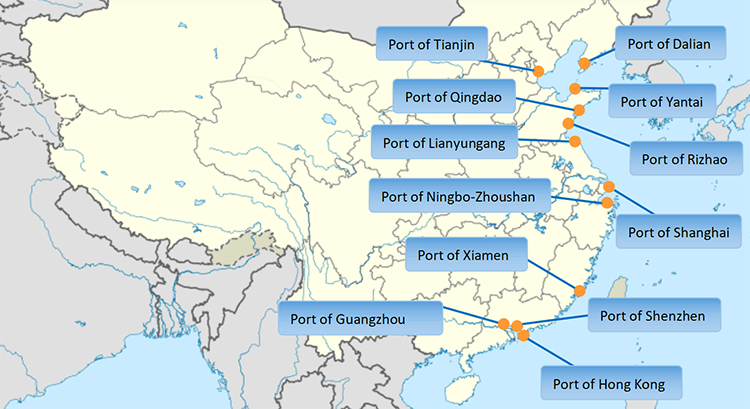
Key Ports in China for Sea Freight to the United States
- Shanghai Port
- Overview: As the largest port in China and one of the busiest in the world, Shanghai Port serves as a major hub for international trade.
- Key Features: It handles a significant volume of container shipments, offering extensive shipping routes to the U.S.
- Shenzhen Port
- Overview: Located in Guangdong Province, Shenzhen Port is a vital gateway for goods heading to the U.S. and other international markets.
- Key Features: Known for its advanced technology and efficient operations, it is well-suited for high-value and time-sensitive shipments.
- Ningbo-Zhoushan Port
- Overview: This port is one of the world’s top ten in terms of cargo throughput and is strategically positioned near the East China Sea.
- Key Features: It offers excellent connectivity to the U.S. and is particularly advantageous for exporting bulk goods.
- Guangzhou Port
- Overview: As a major port in southern China, Guangzhou Port is essential for trade with the U.S., especially for the manufacturing industry.
- Key Features: Its location allows for quick access to both domestic and international markets.
- Tianjin Port
- Overview: Tianjin Port is the largest northern port in China, serving Beijing and its surrounding areas.
- Key Features: It has well-established logistics support and extensive shipping services to the U.S.
Advantages of Each Port
| Port | Advantages |
|---|---|
| Shanghai Port | Extensive shipping routes, advanced facilities, and high cargo capacity. |
| Shenzhen Port | High-tech operations, fast turnaround times, and a strong focus on electronics and machinery. |
| Ningbo-Zhoushan Port | Excellent bulk cargo handling, proximity to manufacturing regions, and effective logistics. |
| Guangzhou Port | Strong connections with the manufacturing sector and rapid export capabilities. |
| Tianjin Port | Comprehensive logistical support, strategic location near major cities, and efficient services. |
United States Ports for Receiving Sea Freight
The United States is equipped with several key ports that are essential for receiving sea freight from China and other global sources. These ports are pivotal for importers and play a significant role in the distribution of goods across the country.
Main Ports in the United States for Receiving Goods
- Port of Los Angeles
- Overview: The largest and busiest port in the United States, it serves as a major entry point for goods from Asia, particularly China.
- Port of Long Beach
- Overview: Adjacent to the Port of Los Angeles, Long Beach is known for its efficiency and advanced technology handling a vast array of imports.
- Port of New York and New Jersey
- Overview: As the largest port on the East Coast, it is a crucial hub for international trade with excellent access to major metropolitan areas.
- Port of Savannah
- Overview: Located in Georgia, Savannah is recognized for its rapid cargo movement and is one of the fastest-growing ports in the U.S.
- Port of Seattle
- Overview: Seattle serves as a vital link for trade with Asia and has strong connections to the Pacific Northwest markets.
Port Infrastructure and Handling Capabilities
| Port | Infrastructure and Handling Capabilities |
|---|---|
| Port of Los Angeles | Advanced container handling facilities, extensive rail and road connections, and high throughput capacity. |
| Port of Long Beach | State-of-the-art terminal facilities, efficient logistics operations, and significant automation. |
| Port of New York and New Jersey | Comprehensive customs and processing capabilities, with robust road and rail links to the Northeast. |
| Port of Savannah | Efficient container terminals, excellent access to inland distribution networks, and quick turnaround times. |
| Port of Seattle | Modern cargo handling facilities, strong connections to Asian trade routes, and effective intermodal capabilities. |
By understanding the advantages of key Chinese ports and the infrastructure of U.S. ports, businesses can optimize their shipping strategies to ensure efficient and timely delivery of goods. Engaging with a reputable logistics partner like Dantful International Logistics can further streamline your supply chain operations and enhance overall shipping effectiveness.
READ MORE:
- Shipping From China to the United States
- Shipping From China TO Canada
- Shipping From China TO Mexico
- Shipping From China to Panama
- Shipping From China to Costa Rica
- Shipping From China to Brazil
- Shipping From China TO Colombia
- Shipping From China to Jamaica
- Shipping From China to Venezuela
Preparing Your Shipment for Sea Freight
Proper preparation of your shipment is crucial for ensuring a smooth process when exporting goods via sea freight. This involves understanding the essential documentation required and following packaging and labeling guidelines.
Essential Documentation
-
Commercial Invoices: This document serves as a bill for the goods sold and includes vital information such as the buyer and seller details, product descriptions, quantities, and prices. It is essential for customs declaration and determining duties and taxes.
-
Packing Lists: A packing list provides detailed information about the contents of the shipment, including the dimensions, weight, and quantity of items packed. This document helps customs officials assess the shipment and is useful for the recipient upon arrival.
-
Bills of Lading (BOL): A BOL is a legal contract between the shipper and the carrier that outlines the terms of the shipment. It acts as a receipt for the goods and is essential for claiming the cargo upon arrival at the destination port.
-
Certificates of Origin: This document verifies the country of origin for the goods being shipped. Some countries require this certificate for customs clearance and may impose tariffs based on it.
-
Insurance Certificates: If you opt for cargo insurance, this document provides proof of coverage. It is essential for protecting your shipment against potential loss or damage during transit.
Packaging and Labeling
Packaging Guidelines for Sea Freight
- Durability: Use robust materials, such as wooden crates or reinforced boxes, to withstand the rigors of sea transport. Ensure that the packaging protects the contents from moisture, impact, and shifting during transit.
- Size and Weight Considerations: Optimize package size and weight to reduce shipping costs while ensuring sufficient protection for the items.
- Palletizing: For larger shipments, palletizing can facilitate easier handling and loading/unloading at ports. Ensure pallets are strong and appropriate for the weight of the cargo.
Proper Labeling for Customs Clearance
- Clear Identification: Each package should have a clear label that includes the recipient’s name, address, and contact information.
- Contents Description: Include a detailed description of the contents for customs purposes, making sure to list the items in accordance with the commercial invoice and packing list.
- Hazard Labels: If applicable, ensure that hazardous materials are labeled according to regulatory requirements to avoid delays or fines during customs clearance.
Navigating Customs Clearance
Customs clearance is a critical step in the international shipping process, involving regulatory compliance in both the exporting and importing countries.
Understanding Customs Procedures in China and the United States
-
Customs Procedures in China: Exporters must declare shipments to Chinese customs and provide all required documentation, including invoices, packing lists, and any relevant permits. Customs officials will assess whether the goods are eligible for export and ensure compliance with Chinese regulations.
-
Customs Procedures in the United States: Upon arrival, shipments must go through U.S. customs. Importers are required to submit a customs declaration, along with the commercial invoice, bill of lading, and other relevant documents. Customs officials will assess the shipment and determine any applicable duties and taxes before releasing the goods.
Tips for Smooth Customs Clearance
- Accuracy of Documentation: Ensure all documents are accurate, complete, and compliant with both Chinese and U.S. customs regulations to avoid delays.
- Pre-Clearance Options: Utilize pre-clearance programs if available, which may expedite the customs process by allowing certain shipments to be pre-approved before arrival.
- Engage a Customs Broker: Hiring a licensed customs broker can facilitate the clearance process by ensuring compliance with all regulations and managing the documentation required.
Choosing the Right Sea Freight Forwarder
Selecting a reliable freight forwarder is essential for a successful shipping experience. The right forwarder can help navigate complex logistics and ensure timely delivery of your goods.
Qualities of a Reliable Freight Forwarder
-
Experience and Expertise: A well-established freight forwarder should have extensive experience in handling sea freight and knowledge of customs procedures, shipping routes, and regulations.
-
Strong Network: A reliable forwarder should have a robust network of contacts, including shipping lines, customs brokers, and warehousing facilities, to streamline logistics and provide comprehensive services.
-
Transparent Pricing: Look for a forwarder that offers clear, upfront pricing without hidden fees. This transparency helps ensure that you can budget effectively for shipping costs.
-
Excellent Customer Service: Good communication is critical. A reliable forwarder should be responsive to inquiries and provide ongoing updates throughout the shipping process.
Questions to Ask When Selecting a Forwarder
- What experience do you have with shipments to my destination?
- Can you provide references from similar businesses or industries?
- What services do you offer, and how do you handle customs clearance?
- How do you manage delays and unexpected issues during transit?
- What technology do you use for tracking and communication?
Why Choose Dantful Logistics
Dantful International Logistics stands out as a highly professional, cost-effective, and high-quality provider of freight forwarding services. Our team is equipped with the expertise and experience to handle all aspects of sea freight, from documentation to customs clearance. We prioritize customer satisfaction and offer transparent pricing with no hidden fees. By choosing Dantful, businesses gain access to a comprehensive suite of logistics solutions tailored to meet their specific needs.
Dantful International Logistics Services:
- Dantful Ocean Freight Services
- Air Freight From China
- Amazon FBA Freight Forwarding
- WAREHOUSE Services
- One-Stop Customs Clearance Solution
- Cargo Insurance Services in China
- DDP Shipping Services By Dantful Logistics
- Out of Gauge Cargo Transportation Shipping Services
FAQs
- What is the difference between LCL and FCL shipping?
- LCL (Less than Container Load) is suitable for smaller shipments where multiple shippers share container space, making it cost-effective for businesses with limited cargo. FCL (Full Container Load) involves exclusive use of an entire container, ideal for larger shipments, offering better security and lower per-unit costs.
- How do the costs for LCL and FCL compare?
- LCL costs are based on cubic meter (CBM) or weight, with average prices ranging from $50 to $100 per CBM. In contrast, FCL shipping costs for a 20ft container range from $1,200 to $2,500, and for a 40ft container, it ranges from $2,500 to $4,000. The specific rates can vary based on shipping routes and service providers.
- What are the typical transit times for sea freight shipments?
- Average transit times for LCL shipments range from 25 to 40 days, while FCL shipments typically take 20 to 30 days. These times may vary based on factors such as distance, port congestion, and customs clearance efficiency.
- Which Chinese ports are best for exporting to the United States?
- Major Chinese ports for exports include Shanghai, Shenzhen, Ningbo-Zhoushan, Guangzhou, and Tianjin. Each port offers unique advantages in terms of capacity, technology, and proximity to manufacturing regions.
- What U.S. ports are commonly used for receiving sea freight?
- Key U.S. ports that receive sea freight from China include the Port of Los Angeles, Port of Long Beach, Port of New York and New Jersey, Port of Savannah, and Port of Seattle. These ports provide efficient infrastructure for importing goods.
- What essential documentation is needed for sea freight?
- Key documents include commercial invoices, packing lists, bills of lading, certificates of origin, and insurance certificates. Proper documentation is crucial for customs clearance and to avoid delays.
- What are the best practices for preparing my shipment for sea freight?
- Proper packaging is important, using durable materials and optimizing size and weight. Clear labeling with recipient information and content descriptions is essential for customs clearance.
- How can customs clearance impact my shipment?
- Customs clearance involves complying with regulations in both China and the U.S. Accurate documentation is vital to avoid delays. Engaging a customs broker can facilitate the clearance process.

Young Chiu is a seasoned logistics expert with over 15 years of experience in international freight forwarding and supply chain management. As CEO of Dantful International Logistics, Young is dedicated to providing valuable insights and practical advice to businesses navigating the complexities of global shipping.
The other language versions of this article
- الدليل الشامل للشحن البحري من الصين إلى الولايات المتحدة
- De ultieme gids voor zeevracht van China naar de Verenigde Staten
- Le guide ultime du fret maritime de la Chine vers les États-Unis
- Der ultimative Leitfaden für Seefracht von China in die Vereinigten Staaten
- La guida definitiva al trasporto marittimo dalla Cina agli Stati Uniti
- La guía definitiva para el transporte marítimo de China a Estados Unidos
- O guia definitivo para frete marítimo da China para os Estados Unidos
- Полное руководство по морским грузоперевозкам из Китая в США
- Çin’den Amerika Birleşik Devletleri’ne Deniz Taşımacılığı İçin Nihai Kılavuz



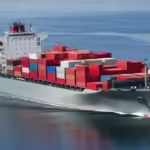


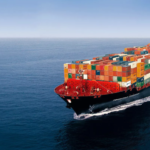



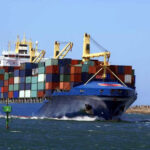
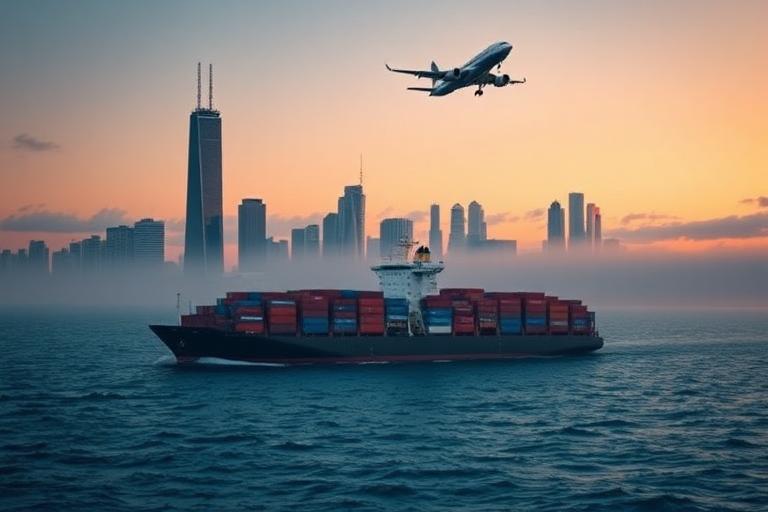
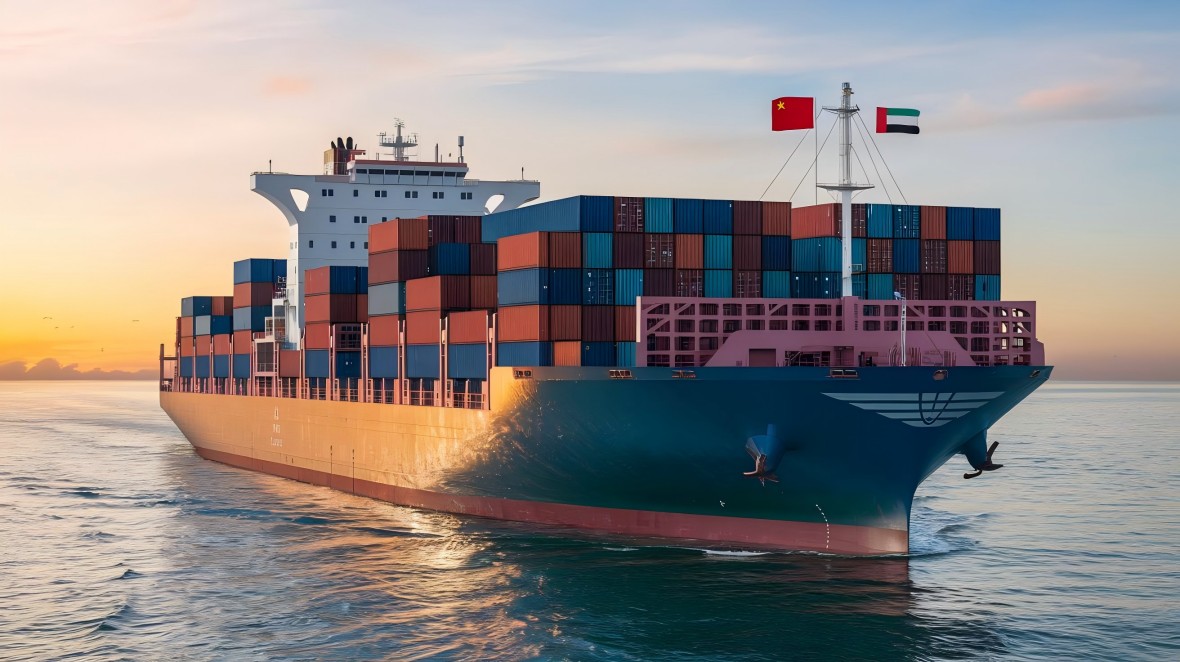
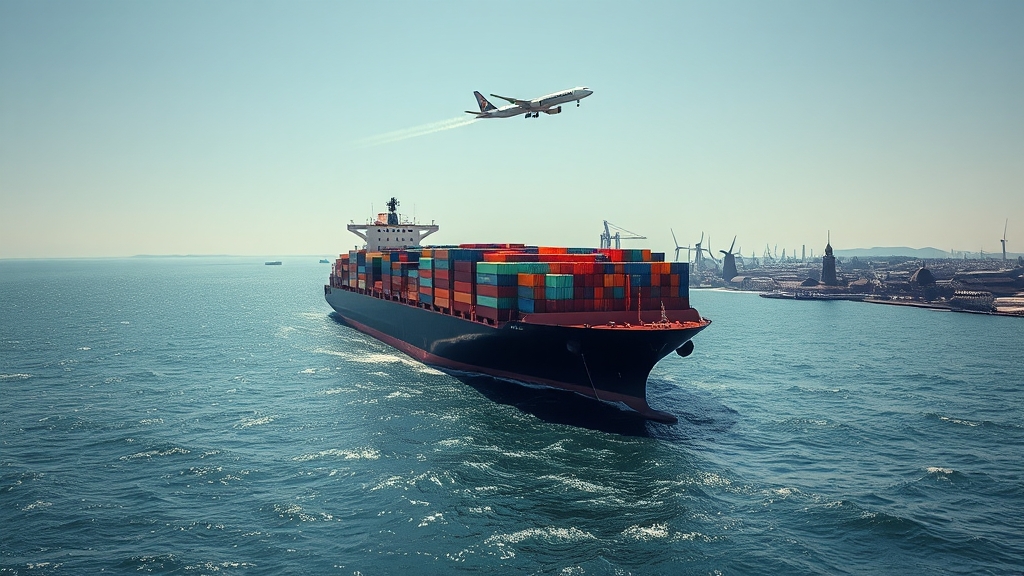
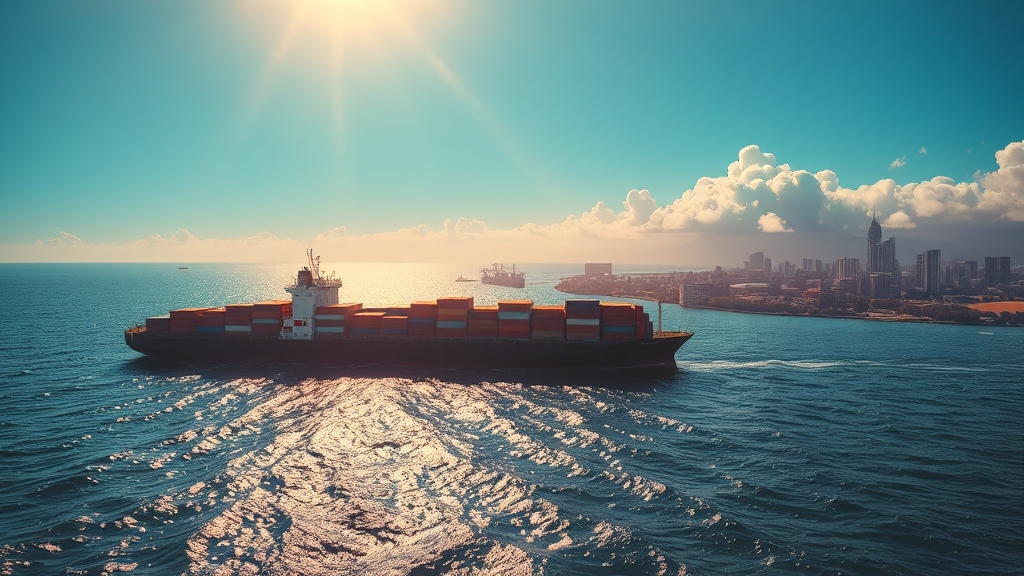
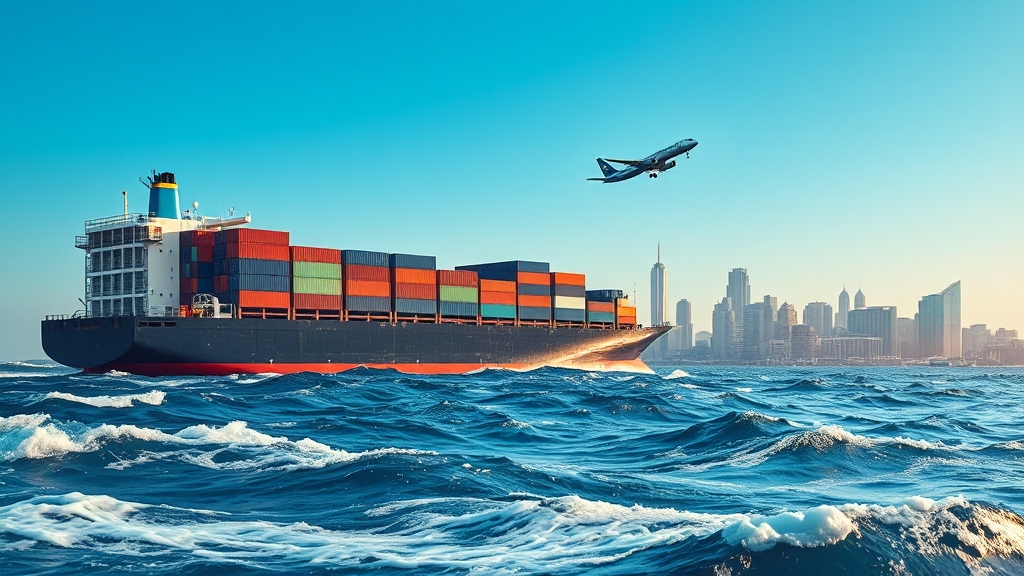





 Afrikaans
Afrikaans Shqip
Shqip አማርኛ
አማርኛ العربية
العربية Հայերեն
Հայերեն Azərbaycan dili
Azərbaycan dili Euskara
Euskara Беларуская мова
Беларуская мова বাংলা
বাংলা Bosanski
Bosanski Български
Български Català
Català Cebuano
Cebuano Chichewa
Chichewa 简体中文
简体中文 繁體中文
繁體中文 Corsu
Corsu Hrvatski
Hrvatski Čeština
Čeština Dansk
Dansk Nederlands
Nederlands English
English Esperanto
Esperanto Eesti
Eesti Filipino
Filipino Suomi
Suomi Français
Français Galego
Galego ქართული
ქართული Deutsch
Deutsch Ελληνικά
Ελληνικά Kreyol ayisyen
Kreyol ayisyen Harshen Hausa
Harshen Hausa Ōlelo Hawaiʻi
Ōlelo Hawaiʻi עִבְרִית
עִבְרִית हिन्दी
हिन्दी Hmong
Hmong Magyar
Magyar Íslenska
Íslenska Igbo
Igbo Bahasa Indonesia
Bahasa Indonesia Gaeilge
Gaeilge Italiano
Italiano 日本語
日本語 Basa Jawa
Basa Jawa ಕನ್ನಡ
ಕನ್ನಡ Қазақ тілі
Қазақ тілі ភាសាខ្មែរ
ភាសាខ្មែរ 한국어
한국어 كوردی
كوردی Кыргызча
Кыргызча ພາສາລາວ
ພາສາລາວ Latin
Latin Latviešu valoda
Latviešu valoda Lietuvių kalba
Lietuvių kalba Lëtzebuergesch
Lëtzebuergesch Македонски јазик
Македонски јазик Malagasy
Malagasy Bahasa Melayu
Bahasa Melayu മലയാളം
മലയാളം Maltese
Maltese Te Reo Māori
Te Reo Māori मराठी
मराठी Монгол
Монгол ဗမာစာ
ဗမာစာ नेपाली
नेपाली Norsk bokmål
Norsk bokmål پښتو
پښتو فارسی
فارسی Polski
Polski Português
Português ਪੰਜਾਬੀ
ਪੰਜਾਬੀ Română
Română Русский
Русский Samoan
Samoan Gàidhlig
Gàidhlig Српски језик
Српски језик Sesotho
Sesotho Shona
Shona سنڌي
سنڌي සිංහල
සිංහල Slovenčina
Slovenčina Slovenščina
Slovenščina Afsoomaali
Afsoomaali Español
Español Basa Sunda
Basa Sunda Kiswahili
Kiswahili Svenska
Svenska Тоҷикӣ
Тоҷикӣ தமிழ்
தமிழ் తెలుగు
తెలుగు ไทย
ไทย Türkçe
Türkçe Українська
Українська اردو
اردو O‘zbekcha
O‘zbekcha Tiếng Việt
Tiếng Việt Cymraeg
Cymraeg יידיש
יידיש Yorùbá
Yorùbá Zulu
Zulu